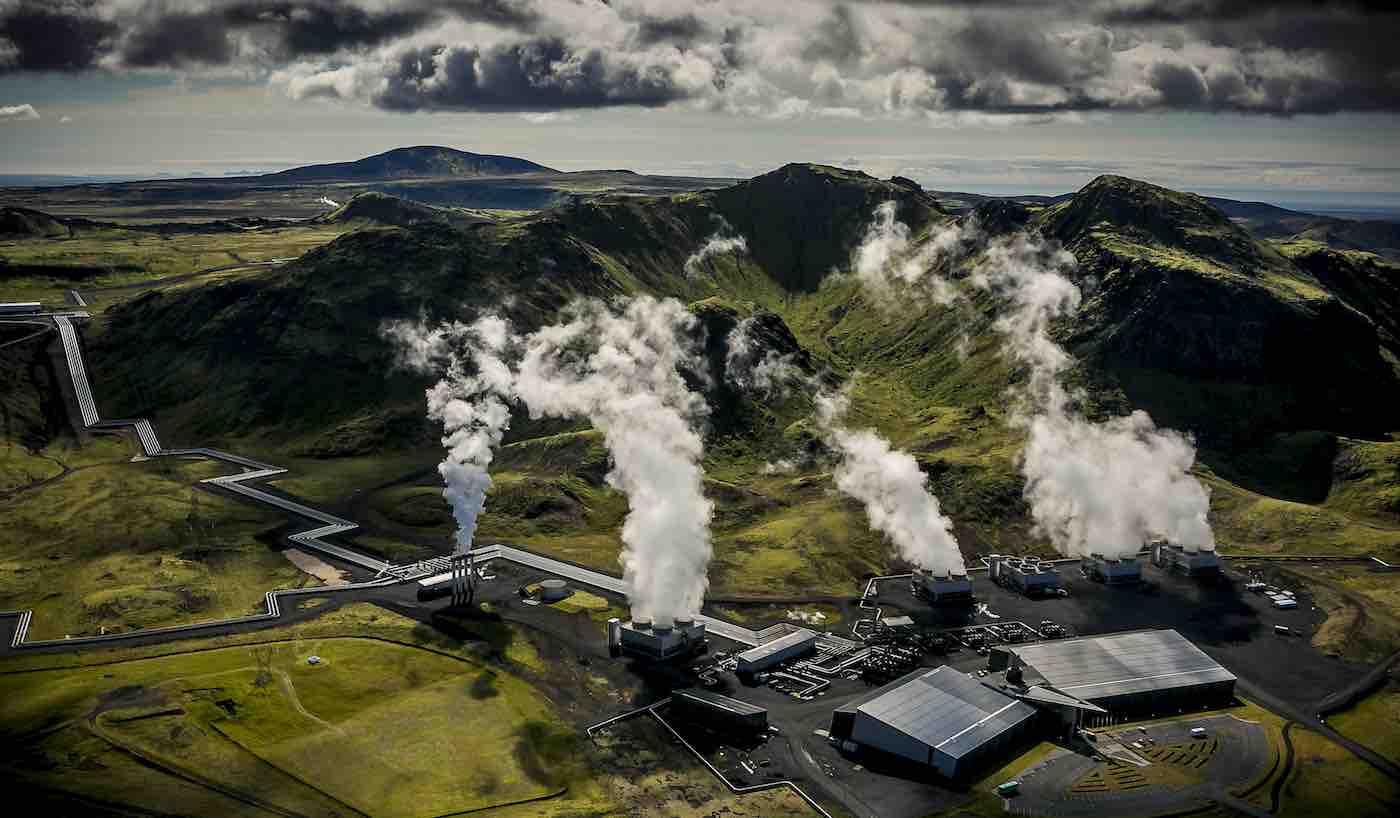A giant air purifier, dubbed "Mammoth, " has begun operations in Iceland, marking a significant step in the fight against climate change. This facility, built by Swiss company Climeworks, boasts the title of the world's largest direct air capture (DAC) plant, dwarfing its predecessor, Orca, by a factor of ten.
DAC technology tackles the issue of climate change at its core – greenhouse gases in the atmosphere. Mammoth functions like a massive vacuum cleaner, drawing in air through giant fans and employing special filters to capture carbon dioxide (CO2), the primary culprit behind global warming. Once captured, the CO2 can be used for various purposes, including safe storage underground or even conversion into usable products.
Mammoth's impressive size stems from its modular design. The facility utilizes numerous "collector containers, " each acting as a miniaturized version of the overall system. These containers, currently numbering 12 with plans for further expansion, can be easily stacked and rearranged, offering operational flexibility.
This innovation in Iceland is crucial as atmospheric CO2 levels continue to break records. While reducing emissions at the source remains paramount, DAC technology offers a valuable tool for removing existing CO2 from the air. Climeworks emphasizes the plant's reliance on Iceland's abundant geothermal energy, ensuring a sustainable operation with minimal environmental impact.
The Mammoth project is not without its critics. Some environmental groups raise concerns about the technology's scalability and potential ecological risks. They argue that resources might be better directed towards accelerating the transition to renewable energy sources and sustainable practices.
Despite these concerns, the inauguration of Mammoth represents a significant milestone in the fight against climate change. As the technology matures and expands, DAC plants like Mammoth could play a vital role in mitigating the effects of greenhouse gas emissions and paving the way for a cleaner future.

